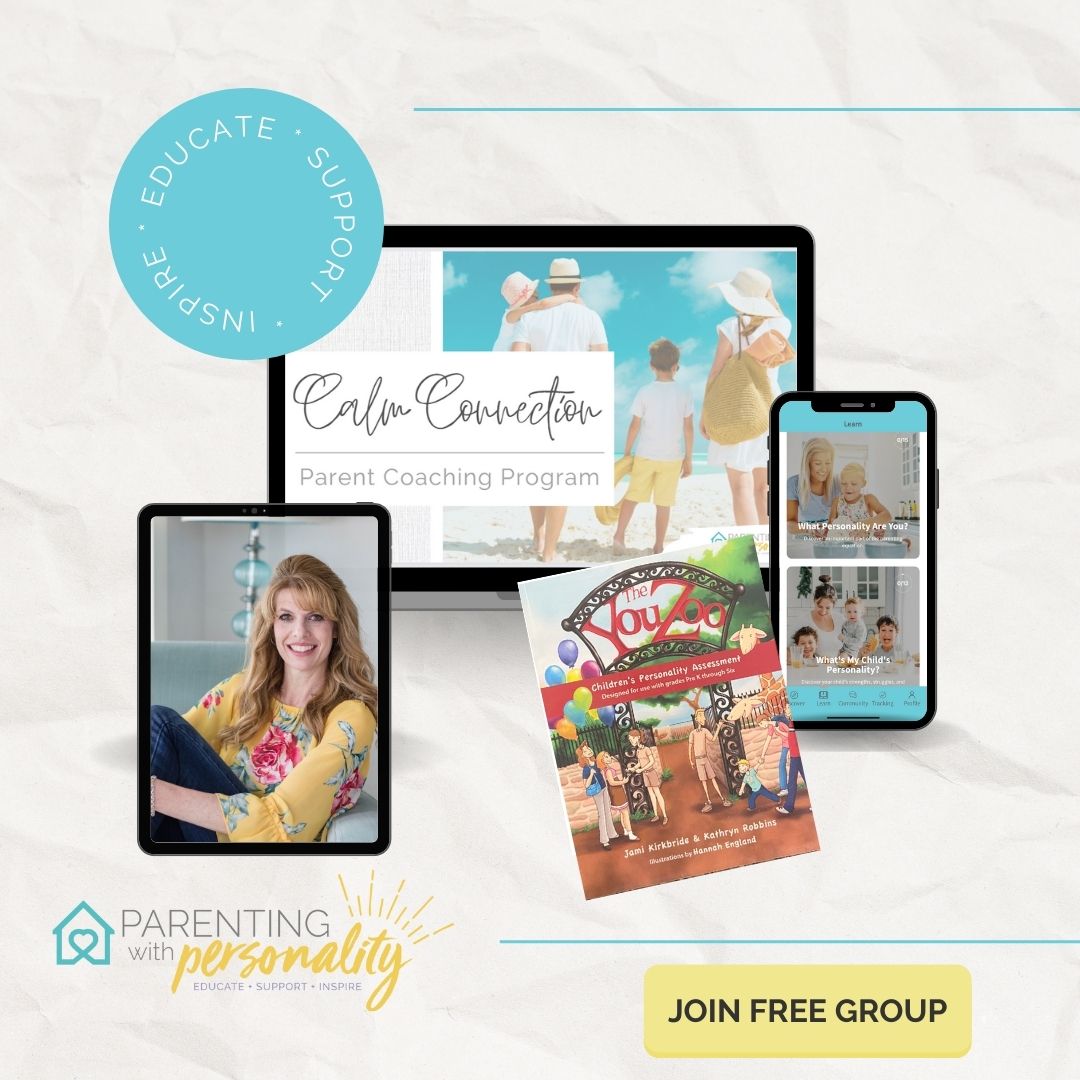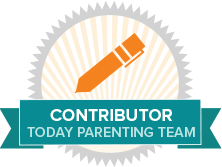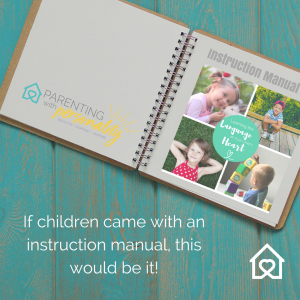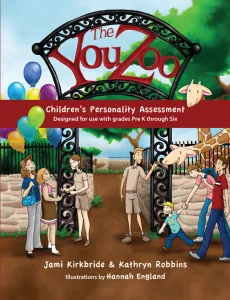Growing the Attitude of Gratitude
Growing an attitude of gratitude takes practice. And if you desire to grow a family that possesses that attitude of gratitude, it may very well start with you. Are you up for the challenge? Let’s discover five keys to growing this attitude of gratitude in your family, despite big emotions and challenging behavior.
Thankfulness is something we talk about a lot at Thanksgiving. But it’s not just a holiday concept. “Give thanks in all things.” Some might recognize that verse from the Bible. Now that’s a steep direction. And I don’t know about you, but one that may not necessarily come naturally.
I mean it’s easy to be grateful for those days that are easy, laid back, and fun. It is easy to give thanks when the kids are happy, smiling, and compliant. And I feel overcome with thankfulness when our whole family is together, and everyone is enjoying each other. But what about the other times in life?

What about those times when three kids are crying all at once, dinner timers loudly scream for my attention, and the husband calls to say he’ll be home late. Is giving thanks on the tip of my tongue?
What about those times when the teens are trying me to the very edge of my sanity over chores, the littles are struggling to get along and needing a steady stream or redirection, and I can’t even remember the last quiet moment I had to pursue a hobby. Do I feel a solid sense of gratitude?
I’m guessing if you are anything like me, those times are trying and difficult and may yield an emotion unlike gratitude. So how do we direct our families down this course?
Train your family to find the good.
It can be easy to notice what is not working well or what is undesirable. Truly though, it doesn’t take any longer to see the things that ARE working well or things that are good. It is simply a matter of perspective.
Find it hard to see those things? Then make a list of them and post it where you can see it and be easily reminded. A poster board full of blessings or good things would not be hard to make. It could even be a family project.
“Being grateful and thankful helps us see and appreciate what is there instead of the things that aren’t there.”
Redirect yourselves quickly to gratitude.
Two things that often hinder an attitude of gratitude are arguing and complaining. And those things can easily become a habit. Having a buzz word or simple phrase your family can use when you catch each other airing a string of complaints or stuck in the arguing cycle can be a quick way to redirect. Once these little tools are taught, they are quick and easy to use.
It might be as simple as, “Oooops! Do I hear something?” or “What does the Bible say? Stay away …(and our children finish… “from arguing and complaining.” Or “Oooops! Let’s give thanks…(and our children finish… “in all things.”) These are some quick and easy ways to help redirect when we start getting off course. And children often just need a kind little reminder rather than embarrassed by a strong correction.
Be purposeful in expressing gratitude.
We teach the niceties early in life, with the pleases and thank you’s. But we are not always as purposeful with teaching the grateful thoughts or sentiments beyond that. One way we can teach this in our families is to actively express such gratitude in our home. We may voice this to our spouse or children, encourage it between siblings, or offer it to extended family, friends, and those we meet as we are out and about. We may thank our child for words of encouragement after a tough day. We may thank our spouse for showing understanding when we came across grumpy or unhappy. We may write a note to show our appreciation to a grandparent when they are feeling a little down. We may tell a grocery store clerk how grateful we are for their happy demeanor even though they are busy or tired. These opportunities are all around us. Unfortunately, we often leave it unsaid or just abbreviate the thought with a quick, “Thanks” and then move on. But there truly is value in speaking the whole thought. Need more practice? Make it a game and role play some examples with your children.
Adopt the grateful mindset.
It might be that your family is not exactly on course with this attitude of gratitude. Don’t worry. It’s not too late. In fact, staying on course can mean taking inventory of where you are often and fine tuning your approach as you go. You might decide to use Thanksgiving as your springboard.
Have a special family meeting to incorporate some of the above ideas or brainstorm some creative ways to bring this to life with your family. You may decide to start some new traditions with the excitement of Thanksgiving and decide how to carry this gratitude throughout the year. You might choose some very practical ways to make this attitude of gratitude a new family habit.
Model grateful behavior.
This can be one of the most challenging parts of developing an attitude of gratitude in your family. As parents, and especially moms, who are often the parent who spends the most time at home or with the children, we set the tone. Whether we are optimistic or pessimistic affects the way we speak, respond, and think.
Likewise, being geared toward gratitude and thankfulness brings a whole different thought process, tone of voice, and reaction. We may train our children with our words to do something, however our actions speak much louder. They learn far more from our example than any other thing. Take a personal inventory.
Reflect on Gratitude
As you head into this coming week with Thanksgiving celebrations, I encourage you to take time to reflect on all you have to be thankful for. How can you actively express your gratitude? How can you set the tone? In what ways can you encourage your children to be more expressive with their gratitude? This might be a great opportunity to start a gratitude journal as a family!
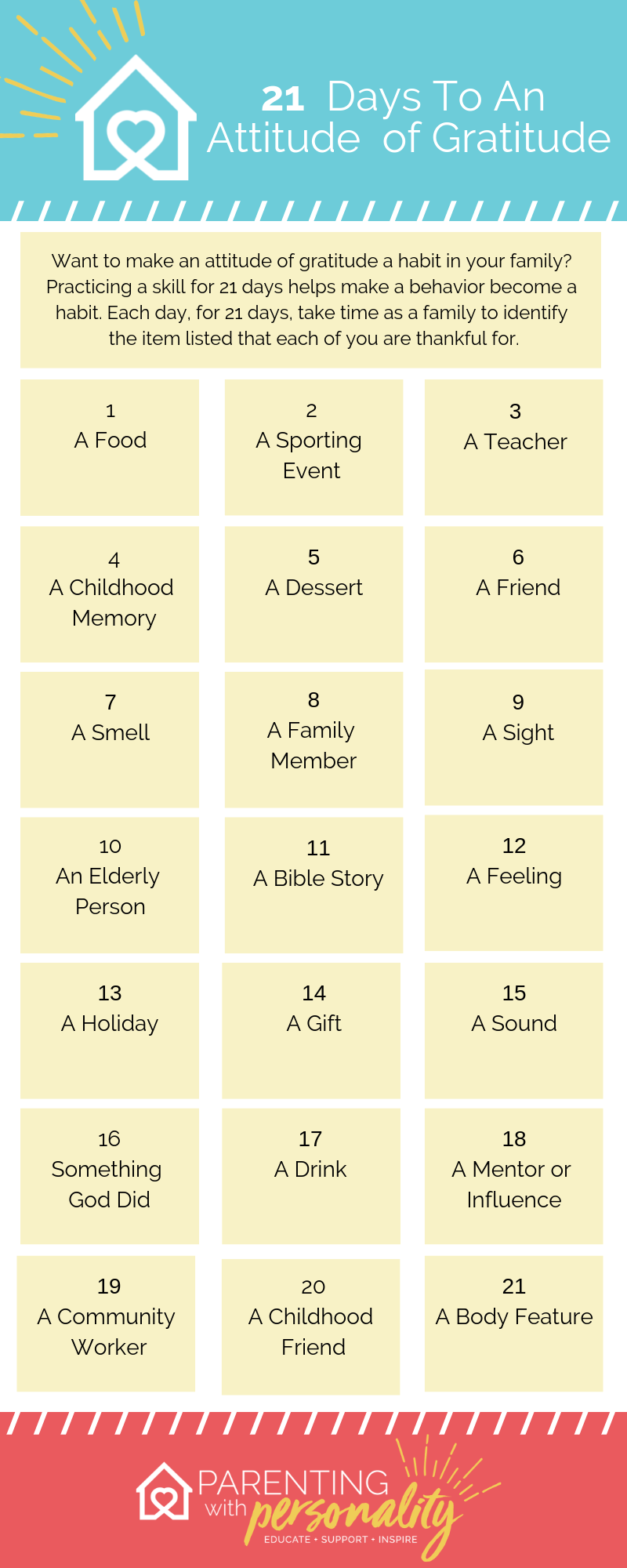
21 Days to A New Attitude
Maybe it is a challenge for you to direct your thoughts toward gratitude. Perhaps stress clouds your perspective or circumstances distract you from seeing things that are good. It is often noted that it takes doing something for 21 days for it to become a habit. Let’s see if we can’t get ourselves headed in a new direction.
The included graphic includes 21 days of prompt ideas to get you thinking about what you are grateful for. There are no limits to being thankful! Sometimes we need a little jump start. So I am including this to get you going on a path toward making a habit of the attitude of gratitude!
How can this coming year be different than years of the past? Isn’t it exciting to think that you can change your course for the year ahead?! And even more exciting…changing your legacy…the course of your family for years to come…generations of gratitude!
Gratitude is Easier to Grasp When You Have Good Tools!
Feeling a bit stressed about the upcoming holidays? Maybe you feel anxious about how your child’s behavior or emotions will affect this special time. Maybe you feel the strain of not being on the same page of parenting. Or perhaps you feel the struggle of family get togethers and activities where extended family, friends, and community members just don’t understand your child’s issues and how it impacts him…or your entire family for that matter!
Holidays can be feel extremely difficult. But I’d love to help you trade that hectic and hurried feeling in your home for a haven of hope and happiness!
My most recent resource can do just that!
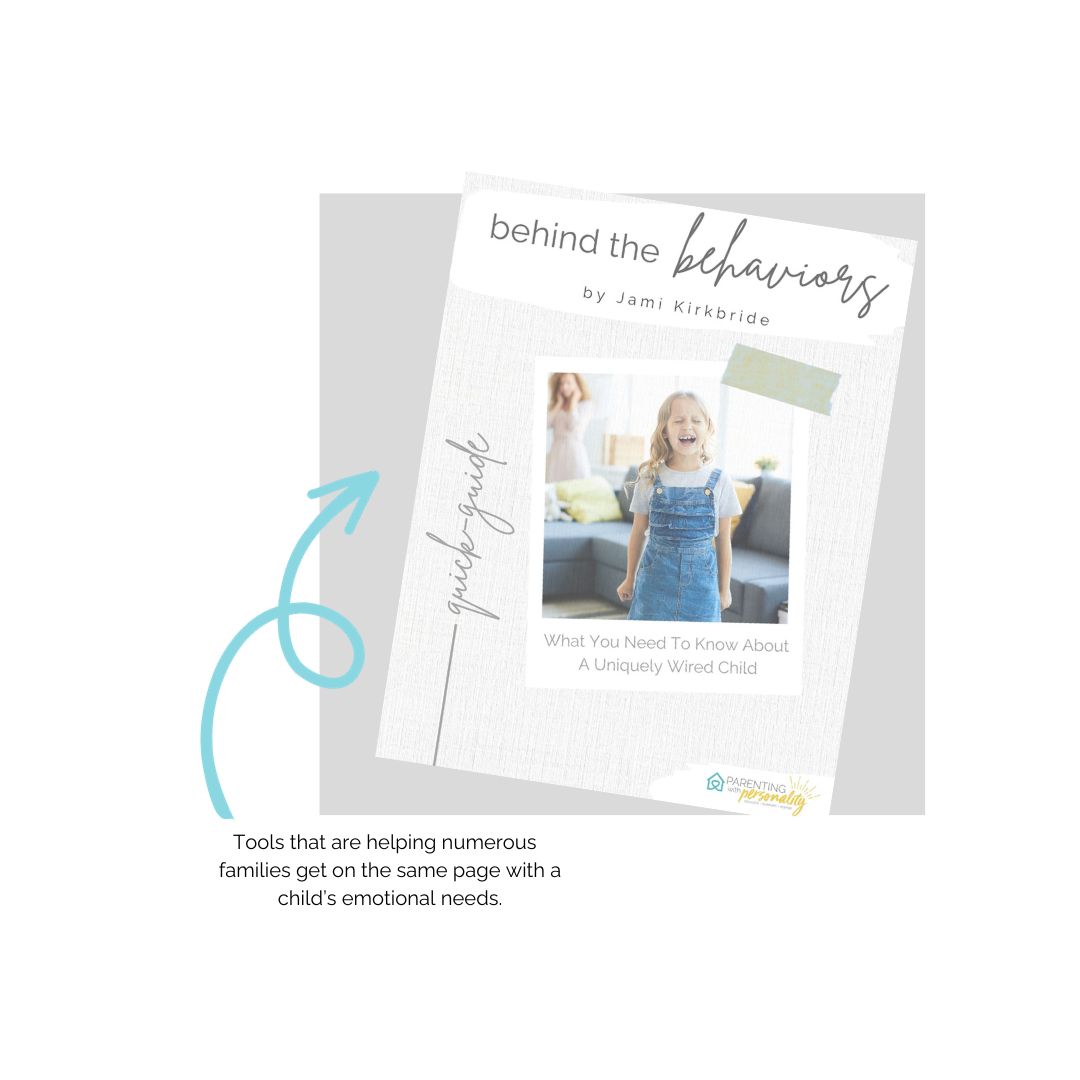
Game-Changing Resource
This game changing guide, titled Behind the Behaviors: Understanding A Uniquely Wired Child can be your helper! This 14-page guide helps make sense of some of the things that children who are highly sensitive, emotionally intense, or exhibiting challenging behaviors may be struggling with. It helps others understand what they might see, hear, experience, or notice. It explains how the issues might impact the child, but also gives a short idea about how they might work best with that child…at home, at school, on teams, or in the community….and yes, these tips even work for family gatherings! Oh the joy!
One of the things I hear most often is a parent share, “I don’t even know HOW to bring this up with my
parents or family. They just think my child or my parenting is bad!” I can’t tell you how many times I have heard that.
This resource can help you start those tough conversations. It can help you know how to navigate talking about your child and his unique wiring and needs. AND, you might like to know there is even a letter that you can print and share with others. This might be just the icebreaker you need! I am confident that it can help you get others on the same page with you and your child’s unique wiring and needs.
This resource is my gift to you. I want it to make your holidays feel lighter, happier, and all around better!
Download your complimentary copy of the Behind the Behaviors Resource today!
And….just so you know, I am thankful for you!
Let’s do this!
XXX,

P.S. Here are two programs I have been thankful to learn from:
Looking for more resources to help give you some guidance with your child’s challenging behavior? You might be interested in learning more from Your Kid’s Table with Alisha Grogan. Her program RISE with Sensory might be useful in understanding some of your child’s unique needs. She also offers a program for learning more about how sensory struggles might be affecting your child and their behavior, especially with mealtime, Mealtime Works.
Interested in learning more about Executive Functions, then you’ll want to check out Seth Perler and his other helpful resources. I have learned a lot from both of these colleagues and know you might appreciate the resources they offer as well.







